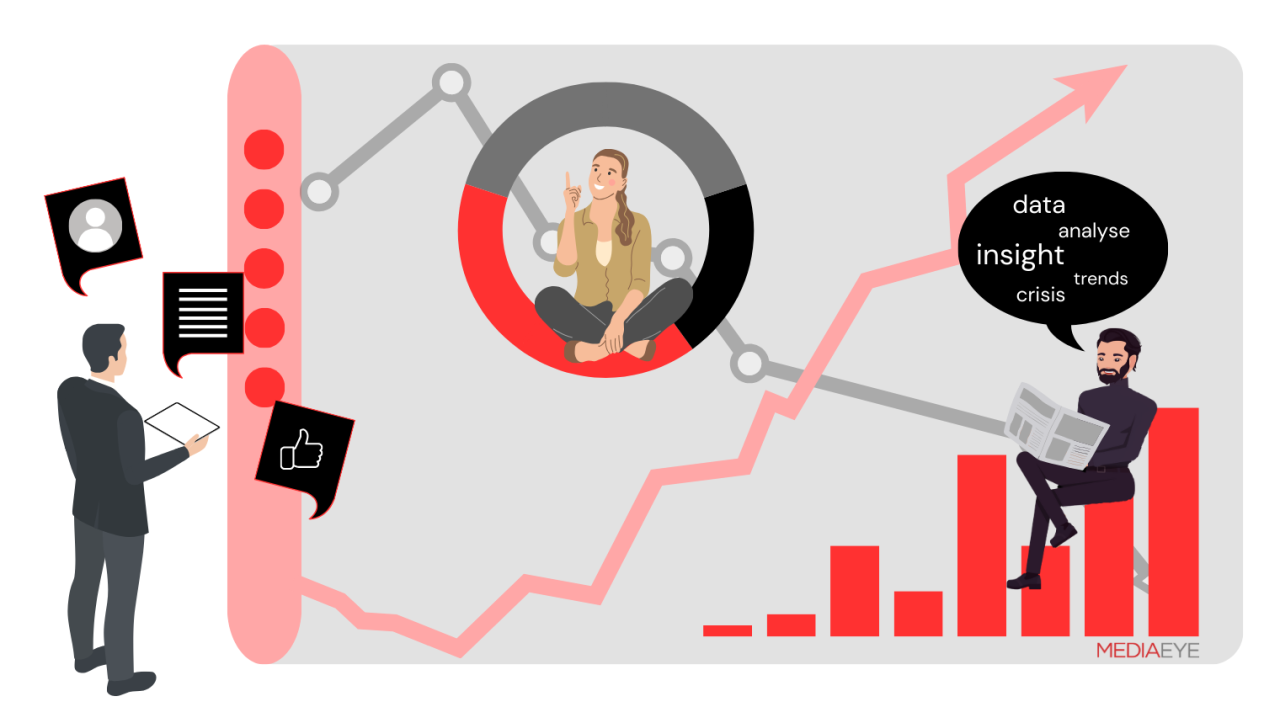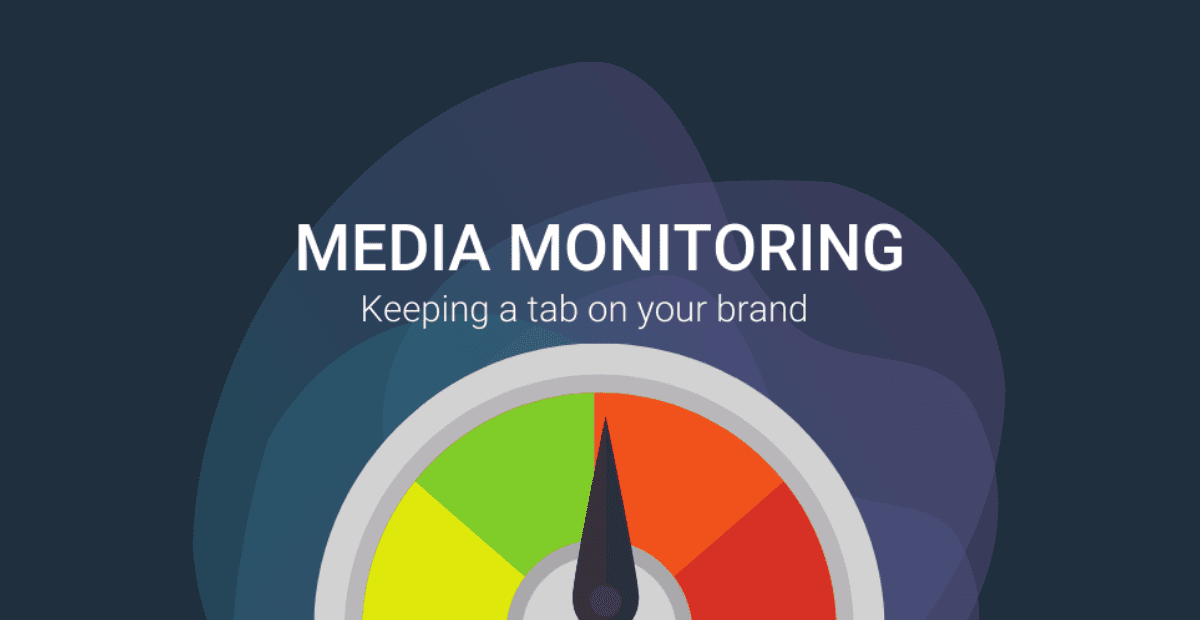In today’s digital age, staying informed and connected with the ever-changing media landscape is crucial for businesses, organizations, and individuals alike. Media monitoring analysis has emerged as a powerful tool to track, analyze, and understand the vast amount of information circulating across various media channels. From social media platforms to news outlets, media monitoring analysis provides valuable insights that can inform decision-making, enhance brand reputation, and drive strategic initiatives.
The Importance of Media Monitoring Analysis

Media monitoring analysis enables stakeholders to keep a pulse on public opinion, track brand mentions, and gauge the effectiveness of marketing campaigns in real time. By monitoring conversations and trends across different media channels, organizations can identify opportunities, mitigate crises, and stay ahead of competitors.
Media Monitoring Analysis Tools
1. Social Media Listening Tools
Social media listening tools like AIM Insights, Brandwatch, and Mention allow users to monitor conversations, track brand mentions, and analyze sentiment across various social media platforms.
2. News Monitoring Platforms
News monitoring platforms such as Google Alerts, Meltwater, and Cision provide real-time updates on news articles, press releases, and editorial mentions relevant to a brand or topic.
3. Sentiment Analysis Tools
Sentiment analysis tools like Lexalytics and Semantria use natural language processing (NLP) algorithms to analyze text data and determine the sentiment (positive, negative, or neutral) associated with brand mentions.
Key Metrics to Track in Media Monitoring Analysis
1. Reach and Impressions
Measuring reach and impressions helps assess the visibility and exposure of brand mentions across different media channels.
2. Share of Voice
Share of voice (SOV) indicates the proportion of brand mentions compared to competitors within a specific industry or market.
3. Sentiment Analysis
Analyzing sentiment provides insights into the overall sentiment towards a brand or topic, helping organizations gauge public perception and sentiment trends over time.
4. Influencer Engagement
Tracking influencer engagement metrics such as reach, engagement rate, and amplification helps identify key influencers and measure their impact on brand awareness and reputation.
Best Practices for Effective Media Monitoring Analysis
- Define Clear Objectives: Clearly define the goals and objectives of media monitoring analysis to ensure focused and relevant insights.
- Choose Relevant Keywords and Topics: Select keywords and topics that are aligned with business objectives and target audience interests.
- Monitor Multiple Channels: Monitor conversations and mentions across various media channels, including social media, news websites, blogs, and forums.
- Regularly Review and Analyze Data: Continuously review and analyze data to identify trends, patterns, and opportunities for optimization and improvement.
Challenges
Despite its benefits, media monitoring analysis comes with its own set of challenges, including data overload, accuracy, and reliability issues, and the need for real-time monitoring capabilities.
Future Trends
1. AI and Machine Learning Integration
The integration of artificial intelligence (AI) and machine learning technologies will enable more advanced data analysis, predictive insights, and automation of monitoring processes.
2. Cross-Platform Integration
Cross-platform integration will become increasingly important, allowing organizations to track and analyze media mentions and conversations across multiple channels seamlessly.
3. Predictive Analytics
Predictive analytics will play a significant role in media monitoring analysis, empowering organizations to anticipate trends, identify potential crises, and proactively manage their brand reputation.
Conclusion
In conclusion, media monitoring analysis is a vital tool for organizations to stay informed, engaged, and proactive in today’s dynamic media landscape. By leveraging the right tools, technologies, and best practices, businesses can harness the power of data to make informed decisions, enhance brand visibility, and drive success in an ever-evolving digital world.
Are you ready to take your media monitoring analysis to the next level? Request a demo from AIM Technologies today and discover how our innovative solutions can help you unlock valuable insights and maximize your impact in the digital sphere.
FAQs
What are media monitoring analyses?
- Media monitoring analyses involve tracking, analyzing, and interpreting media mentions and conversations across various channels to gain insights into public opinion, brand perception, and market trends.
Why are media monitoring analyses important?
- Media monitoring analyses are important because they help organizations stay informed, identify opportunities, mitigate crises, and make data-driven decisions to enhance brand reputation and drive business growth.
What are some common challenges in media monitoring analyses?
- Common challenges in media monitoring analyses include data overload, accuracy and reliability issues, and the need for real-time monitoring capabilities to keep pace with rapidly evolving media landscapes.
How can organizations effectively utilize media monitoring analyses?
- Organizations can effectively utilize media monitoring analyses by defining clear objectives, selecting relevant keywords and topics, monitoring multiple channels, and regularly reviewing and analyzing data to identify trends and opportunities.
What are some future trends in media monitoring analyses?
- Future trends in media monitoring analyses include AI and machine learning integration for advanced data analysis, cross-platform integration for seamless monitoring across channels, and predictive analytics for anticipating trends and crises before they occur.


